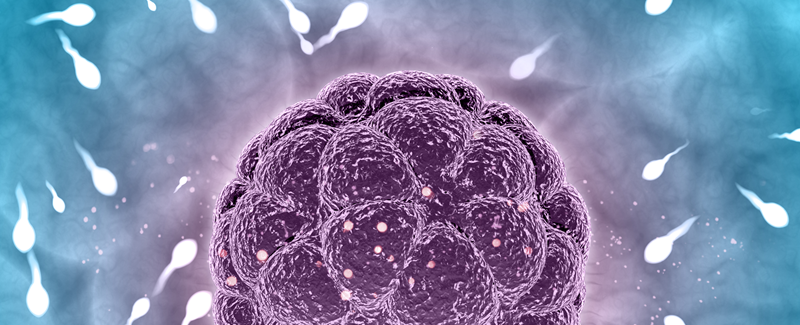Planning a baby is the other side of the coin from contraception. And contraception has empowered millions of females and males around the world to enjoy the freedom of not worrying about a pregnancy if one is not desired at that time. To pursue education, a career and the materialisation of own aspirations while identifying their personal way to live a fulfilled life. And then? Then, when all has been achieved, at least for some, the desire to have a family emerges. And it can take time to see this desire become reality, in certain cases years and sometimes never. Disappointment settles in and the whole matter becomes consuming to the point that the previous life fulfilment vanishes into a dark space that engulfs both man and woman.
All this stemming from an early life misalignment, biased presentation of reality. Indeed, one has to ask the question: “Why is the emphasis placed only on contraception and no education is offered about “baby planning”. Family planning is NOT only about preventing a pregnancy. IT IS also about understanding the reality of how and when to consider having a baby and how women and men are “different” in their reproductive abilities. Without a doubt “becoming pregnant” is a grossly misunderstood part of female and male life. Here are a few facts about your reproductive ability.
- Women are born with all their eggs (oocytes) and their number continuously decrease. Approximately 2 million eggs are present in the ovaries at birth.
- Genetically speaking, a men produces “new” sperm every day. A sperm develops from “seed” to full maturity in 72 days.
- In women one mature eggs is released every 4 weeks. If she has regular, monthly periods, only 13 eggs are released in one year. Genetically speaking, the egg that is released is as old as the woman’s age. It takes an egg 230 days to develop from “seed” to full maturity.
- Vast majority of female eggs are dying without EVER being released (2 million minus few hundred that are released).
- An egg lives for 24 hours thus a woman has only 13 days in one year when she can conceive.
- In total (between 11 to 51 years old) a woman has 520 days (releases 520 eggs) when she can conceive. In reality (between 15 and 45 years old) a woman has about 420 days when she can conceive. To repeat, a woman only has 420 days in HER WHOLE LIFE when she can become pregnant. All before 51 years old, particularly before 45 years old.
- If there are no identifiable causes of infertility, the likelihood of conception per month is 20% if the female is younger than 35 years old, 10% of she is between 35 and 40 years old and 5% between 40 and 43 years old. Afterwards it decreased dramatically.
- The risks of a pregnancy increase significantly with advancing female and male age.
Have you heard of these facts before? If not, it is not your fault. The “family planning” education is biased towards contraception only. Society has a duty to provide balanced education and inform all women, at the time of contraceptive advice, about the limited opportunity to conceive and the fact that one should not delay for too long the opportunity of becoming pregnant, if and when desired. The only true empowerment is through balanced education.













